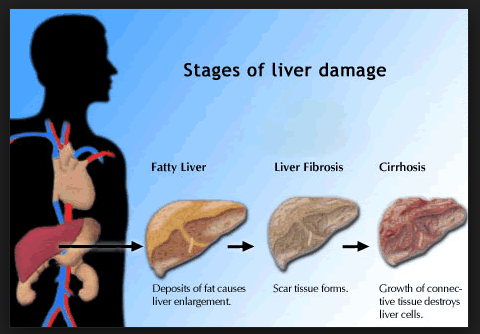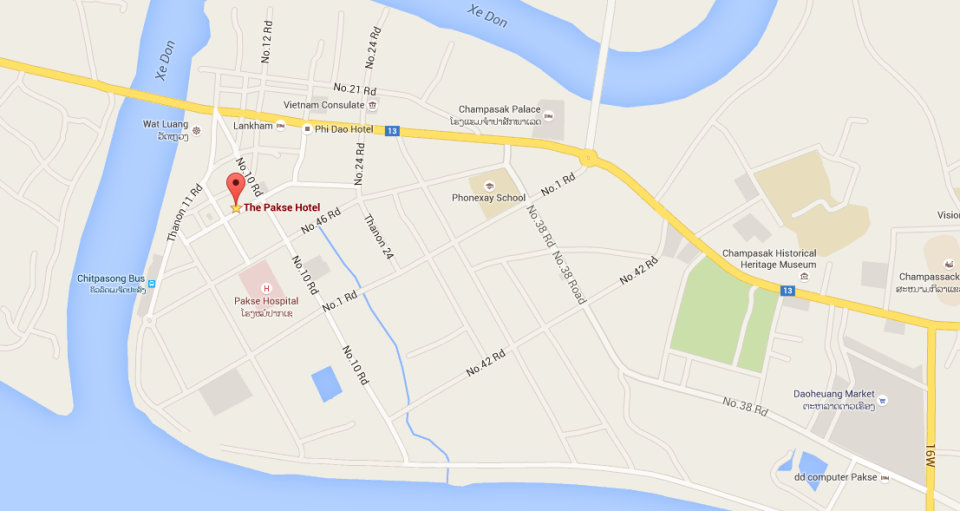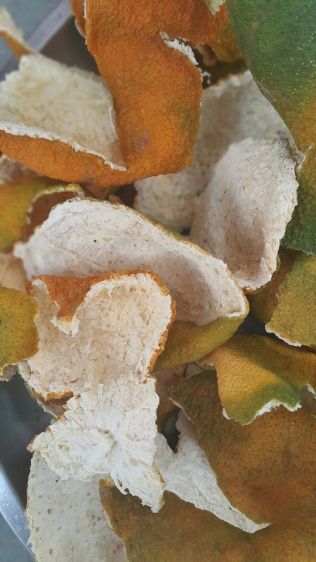Holistic Medicine
It is only fitting that at the end of the year I write about holistic medicine as I reflect of memories of my life. My father believed in holistic medicine and I was raised in a home where diet, beauty of nature was very important! He was way ahead of his time and only in the last 20 years has modern medicine caught up!
Holistic health
Holistic health (or holistic medicine) is a diverse field of alternative medicine[1] in which the “whole person” is focused on, not just the malady itself.
Source WEBMD
Holistic medicine is a form of healing that considers the whole person — body, mind, spirit, and emotions — in the quest for optimal health and wellness. According to the holistic medicine philosophy, one can achieve optimal health — the primary goal of holistic medicine practice — by gaining proper balance in life.
Holistic medicine practitioners believe that the whole person is made up of interdependent parts and if one part is not working properly, all the other parts will be affected. In this way, if people have imbalances (physical, emotional, or spiritual) in their lives, it can negatively affect their overall health.
A holistic doctor may use all forms of health care, from conventional medication to alternative therapies, to treat a patient. For example, when a person suffering from migraine headaches pays a visit to a holistic doctor, instead of walking out solely with medications, the doctor will likely take a look at all the potential factors that may be causing the person’s headaches, such as other health problems, diet and sleep habits, stress and personal problems, and preferred spiritual practices. The treatment plan may involve drugs to relieve symptoms, but also lifestyle modifications to help prevent the headaches from recurring.



























